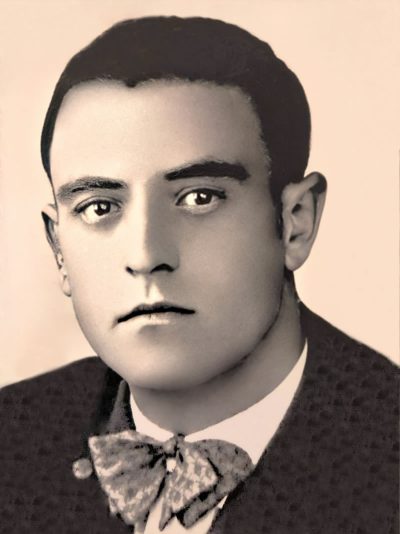Leonidas Nikita Gerondoudis
He was born in Asmara, Eritrea of Abyssinia in 1903 and died in Athens in 1991.
His primary school education was in Asmara followed by 6 years as a boarder at the private «Ionian School» of Athens.
Graduating with honors in 1918, he traveled to Italy to attend the University of Naples, where he studied economics and business administration.
From 1937 he lived on his beloved island of Lemnos starting his own family.

The enthusiastic reviews that have been written from time to time by philologists, historians, linguists and folklorists are noteworthy. His work has become a point of reference for all later writers, who dealt with the history and folklore of the island.
The chapter on the “Free Lemnian verse” makes an impression with the approximately 100 pages, where it refers to myths, songs, dances, customs and traditions of Lemnos, written in the Lemnian dialect.
The result of 36 years of research, with the difficulties of that period, is truly a tribute to the historic island and a testimony of the soul of a Greek born abroad, who loved and wanted to honor the island of his origin.
